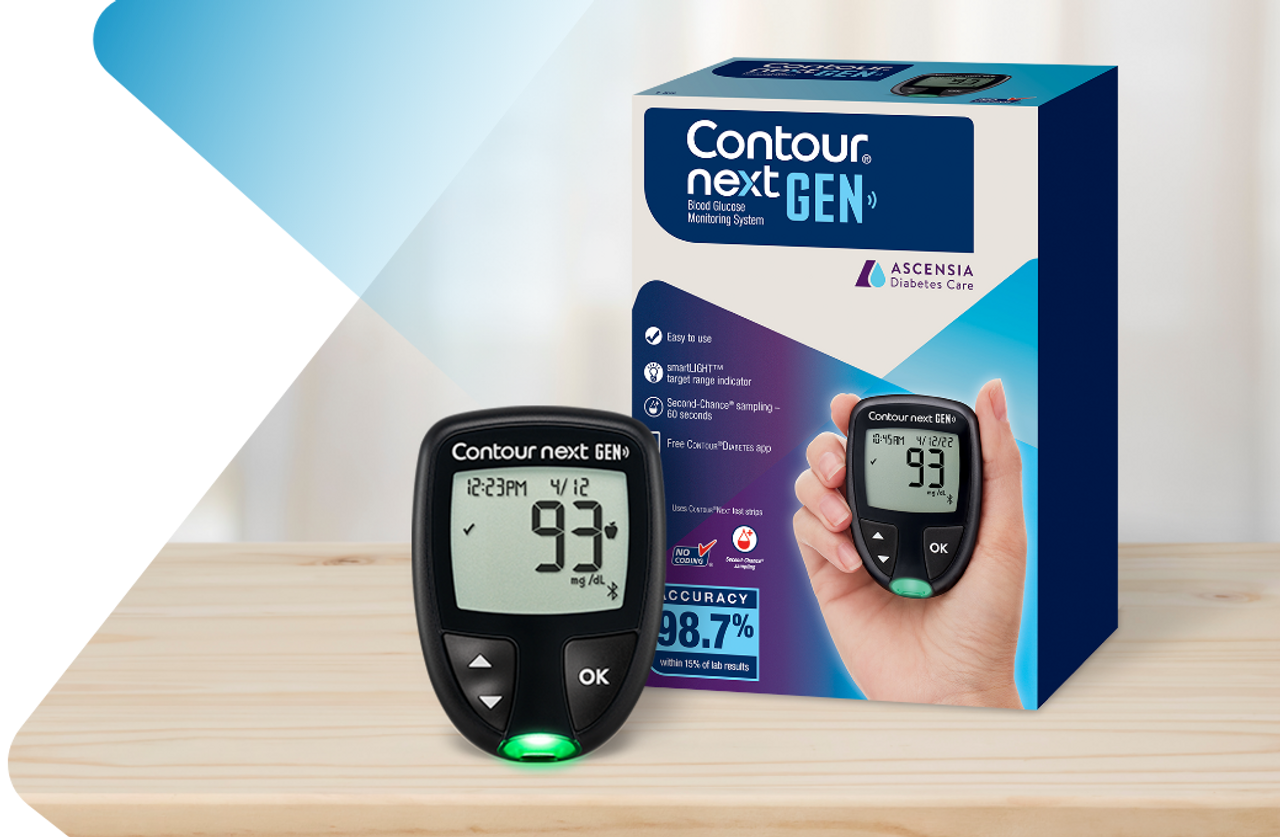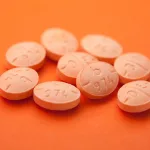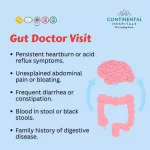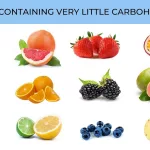Often, subtle touches make the biggest difference when managing diabetes.
That thought came to me after testing the Ascensia Contour Next ONE meter, the newest entry in the Contour family from the company formerly called Bayer. The Food and Drug Administration (FDA) cleared this device in November 2016.
This is a straightforward, highly portable meter for people who still rely on fingerstick tests to monitor their blood glucose.
Let’s take a closer look at this meter.
Contour Next ONE features
The Contour Next ONE has a modern, streamlined appearance with modest updates from earlier models, and it’s the first app-capable meter Ascensia released in the Contour series. It uses the same Contour Next test strips as other devices in the lineup. Key features include:
Slim design
While the overall shape remains familiar, this model is slightly thinner and sleeker than prior Bayer-era meters that had three front-facing buttons. The Contour Next ONE reduces the controls to a single circular “OK” button, with up and down arrows for navigation.
Easy-to-read display
The meter offers a black-and-white LED screen with icons to indicate glucose logs or settings. There’s no dedicated backlight, but the screen illuminates sufficiently to be usable even in low-light conditions.
Port light
Yes — there’s a port light to brighten the area where you insert the test strip. Oddly, Ascensia doesn’t list this prominently in marketing materials or the manual; you won’t find it called out in the documentation. To activate the port light, double-tap the round OK button and it will stay on for up to 40 seconds before the meter is turned on. This feature is especially valuable for people who test in movie theaters or during nighttime checks.
Second-chance sampling
If your initial drop of blood is too small, you have 60 seconds to add a second drop to the same strip. This is useful for people who sometimes struggle to get an adequate sample and helps avoid wasting strips when a repeat is needed.
Color-coding results
The meter follows the industry trend of helping users quickly interpret results. Ascensia’s smartLIGHT illuminates in color after a result to indicate how your glucose compares to target ranges:
- Green: In range — meeting the glucose targets set with your care team.
- Dark yellow: High
- Red: Low
Ascensia’s market research reports that 92 percent of Contour Next ONE users surveyed found it faster and easier to interpret their readings with the smartLIGHT than without it. The company also suggests that color-range indicators can aid glucose management and modestly improve A1C outcomes.
Meal markers
Before testing, you can select one of three apple icons on the Contour Next ONE to mark the context of the reading:
- Before meal: Use this if you test within 1 hour before eating.
- After meal: Choose this for tests within 2 hours of starting a meal.
- Fasting meal: Select this when testing 8 hours after eating.
Battery charging
The Contour ONE runs on a round coin cell battery. I view this as a drawback because I prefer rechargeable meters I can plug in on the go rather than buying specialty batteries. Although there is a micro-USB port, it’s intended for connecting to a computer to download data using Ascensia’s software — not for charging. The cable is not included in the package and must be purchased separately.
Are the Contour Next test strips accurate?
One advantage of Contour Next meters is their shared use of Contour Next test strips.
The Contour Next ONE is Ascensia’s most accurate meter to date.
Clinical evidence indicates the Contour Next test strips meet minimum accuracy thresholds. Data shows the Contour Next ONE meter with these strips satisfies the FDA’s stricter accuracy standards: 95 percent of the time, readings fall within 8.4 mg/dL of reference values when results are below or above 100 mg/dL.
Pros and cons
Contour Diabetes smartphone app
Ascensia provides the Contour Diabetes app for this meter, using Bluetooth to display results on compatible iOS and Android devices.

Beyond tracking glucose trends and daily/weekly logs, the app lets you add notes and record key health details like:
- medications
- food intake
- activity
- photos
- voice notes
You can also share glucose readings and reports with your diabetes care team.
The Next ONE has built-in Bluetooth and is supposed to sync with the app, but in my testing the meter did not always sync automatically. I experienced connectivity interruptions, an issue I’ve heard from other users and one that is fairly common among diabetes devices that communicate with companion apps.

From a user interface standpoint, the Contour app is intuitive and straightforward. It includes the expected features of modern diabetes logging apps: a logbook, averages, trend charts, meal tagging, photo uploads, and sharing options.
The home screen displays recent readings, while the “My Readings” section serves as the traditional logbook with a 3-day overview graph visible when you scroll. You can quickly view averages from the past week up to three months, and switching the phone to landscape gives a day view or lets you analyze data over 3 to 30 days, a custom timeframe, or by meals/time of day.
I particularly appreciate the ability to add photos — whether it’s my morning Greek yogurt with blueberries (about 16 g carbs) or an image of this meter beside my Dexcom G6 CGM.
The app’s “Smart Testing” feature lets you set custom reminders to check glucose throughout the day, prompt you about upcoming appointments, or remind you about other tasks.
You can share diabetes data with healthcare providers or others through the app. It also offers an emergency-contact prompt during a critical low reading to help ensure assistance can be summoned if necessary.
In addition to the Contour app, users can sync data with Glooko, making glucose and other diabetes information available through Glooko’s mobile and clinical tools.
Pricing and where to buy
The meter is priced at a suggested retail of $19.99, while a 50-count box of strips is currently listed at $41.55 (about $0.83 per strip).
You can buy the Ascensia Contour Next ONE and other Contour meters at major retailers like Costco, CVS, Kroger, Rite Aid, Target, Walgreens, Walmart, and via Amazon.
Customer reviews
Having used this meter for several years, I recommend it.
Many people favor compact fingerstick meters they can carry in a purse, pocket, or small case. I often take the Contour Next ONE with me in case I need a quick check. To save space, I use a small lancing device and a slim container for a short supply of strips rather than the larger round vial.
I also value the bright display with large numbers and the illuminated port for strip insertion. These details matter when testing at night or in dim settings, where visibility and ease of use become more challenging.
The Contour Next One on Amazon has an average rating of 4.7 out of 5 stars. Many reviewers praise the device’s build quality and simplicity, though some report difficulties pairing it with smartphones.
Other Contour Next meter models
Ascensia Diabetes Care has operated under that name since 2016, having previously been Bayer — a brand involved in diabetes management dating back to the Clinitest urine glucose test in the 1940s and the early home glucometers released decades later.
When Bayer transitioned to Ascensia in 2016, it continued expanding diabetes technology, including the current Contour meter family.
Here’s an overview of the fingerstick meters available:
-Contour Next ONEContour NextContour Next EZContour Next Link 2.4Designhorizontal orientation
(slim with 1 circle button)vertical orientation (resembles Simon game)vertical orientation (simple, black-on-gray)horizontal orientation (slim, white-on-black with color icons)smartLIGHTyesnononoPort light for test stripsyesyesyesyesBacklightN/AN/Ayesno2nd sample60 seconds30 seconds20 seconds30 secondsReadings800 results800 results480 results1,000 resultsAverages7, 14, 30, 90 days7, 14, 30, 90 days7, 14, 30 days7, 14, 30, 90 daysMeal markersyesyesyesyesChargingtwo 3-volt
coin cell batteriestwo 3-volt
lithium batteriestwo 3-volt coin cell batteriesbuilt-in USB charging + cable optionBluetoothyesnonowireless beaming to Medtronic Minimed pumpsConnectivityContour Diabetes app, 3rd party platformsContour Diabetes app, 3rd party platforms (using connection cable)Contour Diabetes app,
3rd party platforms (using connection cable)Links to Medtronic Minimed 630/670 insulin pumps; includes USB connector
All these meters use the same Contour Next test strips, so you don’t need different strip types for different models. Ascensia’s Microlet lancing device and standard lancets are also compatible with these meters.
You can find these meters at many U.S. pharmacies and online retailers; more details are available on the Ascensia Diabetes Care website.
Alternatives to fingerstick meters
There are numerous fingerstick meters beyond the Contour NEXT family. Many people, however, use a continuous glucose monitor (CGM) instead of or in addition to fingersticks. CGMs are pricier but have evolved substantially since the first models in 2004. They measure glucose in the interstitial fluid beneath the skin rather than in a blood drop, producing readings every 1 to 5 minutes depending on the device and displaying results on a receiver or smartphone app.
Experts often describe a fingerstick result as a snapshot in time, while a CGM provides a fuller picture of glucose trends.
FAQ
What’s the difference between Ascensia and Bayer?
In 2016 Bayer’s diabetes division became Ascensia Diabetes Care and took over Bayer’s diabetes product line, including Contour Next meters. Bayer’s involvement in diabetes tools stretches back to mid-20th century products like the Clinitest and early home glucometers.
How accurate is the Contour Next ONE?
The Contour Next ONE is Ascensia’s most accurate glucose meter. Clinical data shows the meter with Contour Next test strips meets tightened FDA accuracy criteria, with 95 percent of readings within 8.4 mg/dL of reference values for results below or above 100 mg/dL.
Does the Contour Next ONE have more features than the Contour Next?
Yes. The Contour Next ONE is a “smart” meter with integrated Bluetooth and color-coded results to help people better contextualize their glucose values relative to target ranges.
What meters work with the Contour Next strips?
Ascensia’s four fingerstick meters that use Contour Next strips are: Contour Next ONE, Contour Next, Contour Next EZ, and Contour Next Link 2.4.
Can the Contour Next ONE help lower my blood sugar?
Monitoring glucose is one component of diabetes care. While outcomes vary, research and clinicians note that people who actively monitor and engage with their glucose data often see improvements in diabetes management.
Bottom line
The Contour Next ONE is a well-designed, compact meter that shows clear, easy-to-read results in bright or dim environments. It’s the most feature-rich model in the Contour Next family. The color-coded display is a helpful, quick way to understand where your blood glucose sits relative to targets.
This meter is a solid option for anyone seeking an attractive, accurate small meter with decent data-tracking capabilities.


















Leave a Reply
You must be logged in to post a comment.